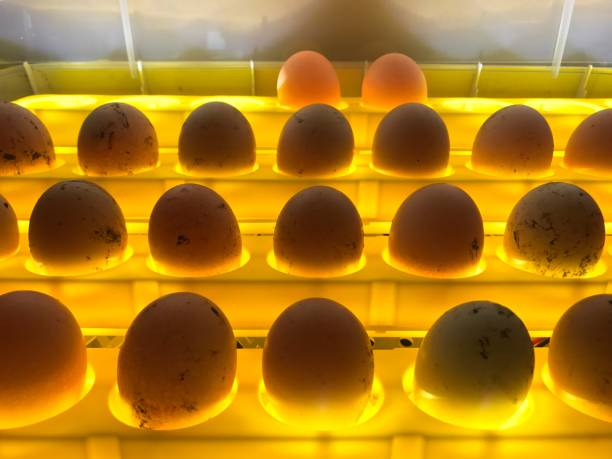
When raising baby chicks in a backyard setting, understanding their lighting needs is crucial for their growth and development. While natural sunlight plays a significant role, the use of artificial lighting is often necessary, especially during the early stages. In this blog post, we will explore the topic of whether baby chickens need light at night. By shedding light on the benefits of proper lighting, including the use of chicken coop lights, heat lamps, and brooder heating plates, you can ensure your baby chicks thrive in a well-lit and nurturing environment.
The Role of Lighting in Baby Chick Health
Lighting plays a crucial role in the growth and well-being of baby chicks. Proper lighting helps regulate their circadian rhythm and affects their behavior, growth rate, and overall health. Here's why lighting is essential for baby chicks:

Growth and Development
Adequate lighting, both natural and artificial, stimulates healthy growth in baby chicks. It promotes the development of feathers, strengthens their immune system, and supports bone and muscle growth.
Day-Night Cycle
Just like humans, baby chicks require a proper day-night cycle. Exposure to appropriate lighting helps establish a regular rest and activity pattern, leading to better sleep and overall health.
Vitamin D3 Synthesis
Chicks require vitamin D3 for calcium absorption, which is crucial for healthy bone development. Natural sunlight is a rich source of vitamin D3, but supplemented artificial lighting can ensure they receive sufficient exposure, particularly during the winter months when sunlight is limited.
Choosing the Right Lighting Options
When it comes to providing the ideal lighting for baby chicks, several options can effectively meet their needs. Let's explore some popular choices:
Chicken Coop Lights
Installing specific chicken coop lights can ensure a consistent light source for baby chicks. LED or compact fluorescent lights are energy-efficient and provide a bright and adjustable light output. A timer can be used to mimic natural daylight cycles, keeping the chicks on a regular schedule.
Heat Lamps
Heat lamps offer dual benefits by providing both warmth and light. They can be used during the early stages of chick rearing to keep the brooder area warm and well-lit. However, it's important to be cautious when using heat lamps to prevent any fire hazards and maintain an appropriate distance from the chicks.
Brooder Heating Plate
Brooder heating plate is an innovative solution for providing warmth and a sense of security to baby chicks, while also offering a low-intensity light source. These plates imitate the warmth of a mother hen and often include an adjustable height setting for chicks of different ages.
Establishing a Lighting Schedule
Creating an appropriate lighting schedule is essential for the baby chick's health and development. Here's how you can establish a suitable lighting routine:
Age-Appropriate Light and Darkness
Baby chicks require near-constant light during their early days, as this helps them locate food and water easily. As they grow, gradually introducing periods of darkness is beneficial, allowing them to rest and establish a natural sleeping pattern.
Consistent Light Cycles

Maintaining consistent lighting cycles is crucial for baby chicks' well-being. Typically, a 12 to 14-hour light period followed by 8 to 10 hours of darkness is recommended as they mature. Using a timer with the chicken coop lights or heat lamps ensures an automated and consistent lighting schedule.
Conclusion
Providing appropriate lighting for baby chicks is vital for their growth, development, and overall well-being. Natural sunlight, supplemented with artificial lighting options such as chicken coop lights, heat lamps, or brooder heating plates, ensures they receive the necessary light exposure. By establishing a suitable lighting schedule and considering the specific needs of your baby chicks, you can create an environment that promotes their health, supports their growth, and leads to happy and thriving backyard chickens. Remember, monitoring their behavior and adjusting lighting as they mature is key to ensuring their comfort and successful transition into adulthood.



Dejar un comentario
Todos los comentarios se revisan antes de su publicación.
Este sitio está protegido por hCaptcha y se aplican la Política de privacidad de hCaptcha y los Términos del servicio.